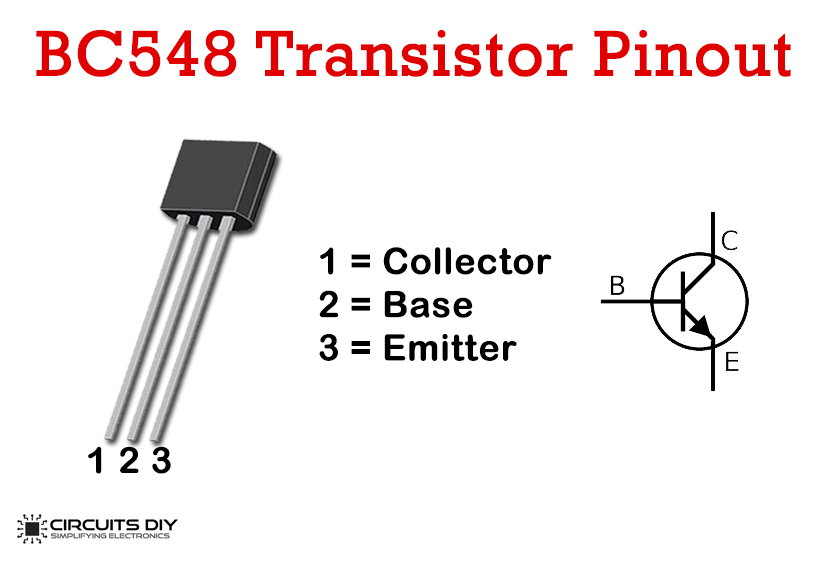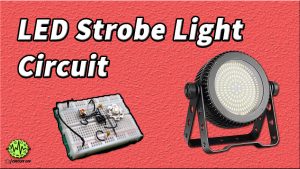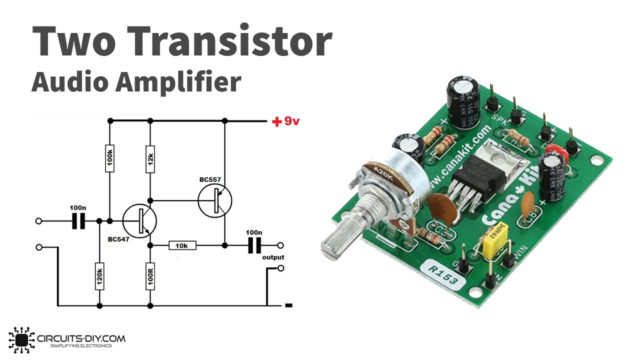Simple Metal detector circuits are portable electronic devices for finding the presence of any metal within close range. These instruments function by sensing changes in magnetic waves caused by being in near proximity to a metallic object. In this project, we are going to build a simple metal detector circuit using a BC548 transistor.
Metal detectors generally come in one of three types: very low frequency (VLF), beat-frequency oscillation (BFO), and pulse induction (PI). Metal detectors operate by transmitting an electromagnetic field from the search coil to the ground. Any metallic objects that are within the electromagnetic field get energize and retransmit an electromagnetic field of their own. The search coil receives this electromagnetic retransmitted field and sounds an alert.
Hardware Components
You will need the following parts to build this project.
| S.no | Component | Value | Qty |
|---|---|---|---|
| 1. | Breadboard | – | 1 |
| 2. | Inductor | – | 1 |
| 3. | Battery | 6v | 1 |
| 4. | NPN Transistor | BC548 | 1 |
| 5. | Ceramic Capacitor | 10uF, 100pF,10pF | 1, 1, 1 |
| 6. | Resistors | 3.3K, 2.2K, 68 ohm | 1, 1, 1 |
BC548 Pinout

Circuit Diagram

Working Explanation
The above circuit diagram is of a low-cost metal detector using a single BC548 transistor and an old radio. This is just a Colpitts oscillator working in the medium band frequency with a radio to the same frequency.
First, the radio and the circuit are put close, then the radio is tuned so that there is no sound from the radio. In this condition, the radio and the circuit will be in the same frequency and the same frequencies beat off to produce no sound. This is the setup. Now when you place this metal detector circuit near any metal object you will hear a hissing sound from your AM radio, signaling the detection of a metallic object. L1 is equal to 60 turns of enameled copper wire wound on a 1cm PVC tube. The circuit power supply should be a 9V or 6V Battery.
Applications
- Metal detectors are in locations such as airports, government agencies, office buildings, schools, and prisons to prevent anyone from carrying a weapon into the premises.
- They serve for a number of purposes such as security screening, checking the accidental presence of undesirable metallic pieces in food products.
- Industrial metal detectors serve in places such as food, beverage, textile, garment, chemicals, pharmaceutical, lumber, plastics, and packaging industries.
- They are also used for different hobbies such as beachcombing, coin shooting, prospecting for valuable metals such as gold and silver.














